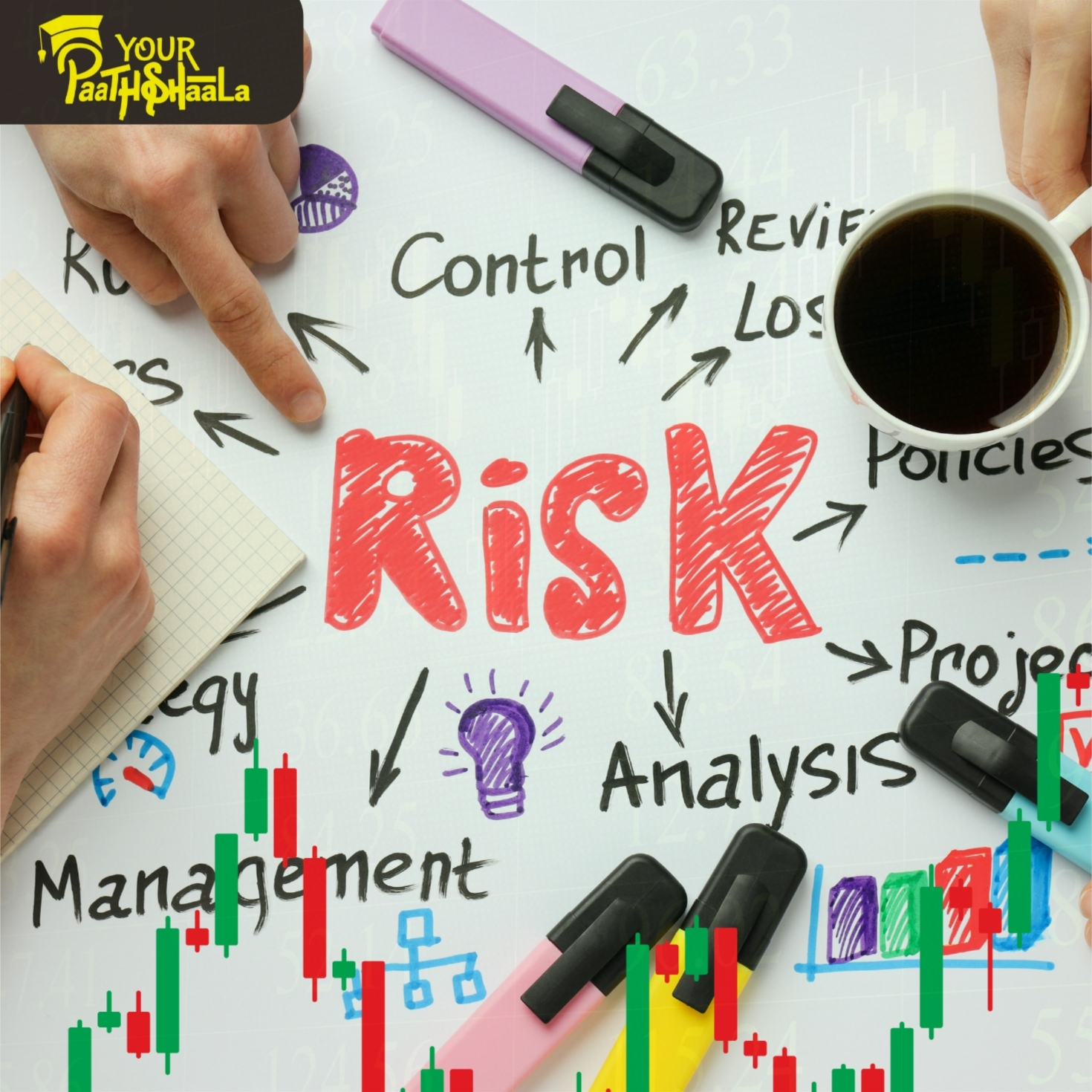AI Transforms Investing: The Future of Portfolio Management in 2025
Artificial Intelligence (AI) is revolutionizing portfolio management, blending cutting-edge technology with human expertise to navigate complex markets. As of August 6, 2025, AI-driven automation, human-AI collaboration, adaptive decision-making, and hybrid investment models are reshaping how investors achieve optimal results. This 2000-word guide explores these transformative strategies, offering actionable insights for beginners and seasoned investors. By leveraging AI’s power alongside human insight, you can strengthen your investment strategy in today’s dynamic markets. Ready to explore the future of investing? Let’s dive into how AI transforms investing.
What is AI in Investing?
AI in investing involves using machine learning, neural networks, and data analytics to enhance portfolio management, risk assessment, and market predictions. Unlike traditional methods, AI processes vast datasets—market prices, economic indicators, social sentiment—in real time, uncovering patterns and opportunities beyond human capability. However, human expertise remains critical to interpret AI outputs and align them with strategic goals. In 2025, with AI-driven assets under management reaching $2 trillion globally, per Statista, this hybrid approach is defining the future of investing.
Key Strategies in AI-Transformed Investing
To harness AI’s potential, focus on four key strategies: automation for efficiency, human-AI synergy, adaptive decision-making, and hybrid investment models. Below, we explore each in detail.
1. Automation for Efficiency and Speed
AI automation streamlines repetitive tasks like portfolio rebalancing, trade execution, and data analysis, boosting efficiency and reducing costs. For example, robo-advisors like Wealthfront automatically adjust portfolios based on risk profiles, executing trades in milliseconds. This speed is critical in volatile markets, such as 2025’s environment with VIX averaging 18, per CBOE data.
How to Leverage AI Automation
-
Use robo-advisors like Betterment or Interactive Brokers for automated portfolio management.
-
Automate trades in liquid ETFs like SPY (S&P 500) or QQQ (Nasdaq) for efficiency.
-
Monitor automation performance to ensure alignment with investment goals.
-
Diversify across automated platforms to mitigate system-specific risks.
Automation enhances speed but risks over-reliance on algorithms, so validate outputs with human oversight.
2. Human-AI Synergy: Balancing Insight and Technology
While AI excels at processing data, human insight is vital for interpreting complex strategies and market signals. For instance, AI may flag a buy signal for a stock like NVIDIA based on price patterns, but human judgment evaluates broader factors like regulatory risks. This synergy ensures robust decision-making in unpredictable markets.
How to Foster Human-AI Synergy
-
Use AI platforms like QuantConnect to generate signals, then apply human analysis for context.
-
Invest in diversified assets like VTI (total market) or BND (bonds) based on combined insights.
-
Train in AI interpretation through courses or platforms like Coursera.
-
Diversify strategies to balance AI-driven signals with human intuition.
Human-AI synergy improves outcomes but requires skill development to interpret AI outputs effectively.
3. Adaptive Decision-Making: Responsive Investing
AI enables adaptive decision-making by analyzing real-time data—market trends, economic shifts, sentiment—to adjust strategies dynamically. For example, during a 2024 inflation spike, AI models could have shifted portfolios toward TIPS (inflation-protected bonds) faster than manual analysis, preserving value.
How to Implement Adaptive Decision-Making
-
Use AI-driven platforms like TradingView or Alpaca for real-time market analysis.
-
Adjust allocations to ETFs like TIP (TIPS ETF) or GLD (gold) based on AI signals.
-
Monitor economic indicators like CPI or PMI to inform adaptive moves.
-
Diversify across asset classes to enable flexible, AI-driven adjustments.
Adaptive decision-making enhances responsiveness but risks overreacting to short-term noise, so align with long-term goals.
4. Hybrid Investment Models: Optimal Results
The future of investing lies in hybrid models, where AI algorithms and human expertise collaborate for optimal performance. For example, a hedge fund might use AI to optimize a portfolio’s risk parity while human managers refine allocations based on macroeconomic trends. This approach balances AI’s precision with human strategic vision.
How to Build Hybrid Models
-
Combine AI tools like Portfolio Visualizer with human-led strategy reviews.
-
Invest in diversified portfolios with ETFs like VT (global stocks) or DBC (commodities).
-
Monitor AI model performance and adjust based on human insights.
-
Diversify across AI-driven and manual strategies to balance risk and reward.
Hybrid models maximize performance but require integration expertise, so leverage professional guidance.
Risks and Challenges in AI-Transformed Investing
AI-driven investing offers transformative potential but comes with challenges:
-
Algorithm Errors: AI models may misinterpret data or fail in unprecedented scenarios.
-
Over-Reliance: Excessive trust in AI can neglect human judgment, missing qualitative factors.
-
Costs: Advanced AI platforms or data feeds can be expensive.
-
Market Volatility: Rapid AI-driven trades can amplify market swings.
To mitigate risks, diversify strategies, validate AI outputs with fundamentals, and use cost-effective tools. Professional training can enhance execution.
Tools and Resources for AI-Transformed Investing
To excel in AI-driven investing, leverage these tools:
-
AI Platforms: Use QuantConnect, TradeStation, or Numerai for AI-driven analysis.
-
Market Data: Access real-time data via Bloomberg Terminal or Yahoo Finance.
-
Portfolio Tools: Optimize with Riskalyze or Portfolio Visualizer for risk management.
-
Educational Resources: YourPaathshaala offers courses on AI-enhanced investing.
These tools, paired with disciplined analysis, can strengthen your AI-driven strategy.
Why AI Transforms Investing in 2025
As of August 6, 2025, AI is reshaping investing amid heightened market complexity. Global AI-driven assets grew 25% in 2024, reaching $2 trillion, per Statista. Volatility, with the VIX at 18, and inflation at 3.5% CPI, demand faster, smarter strategies, per CBOE and FRED data. Hybrid models are gaining traction, with 70% of hedge funds using AI-human collaboration, per PwC. These trends make AI-driven investing essential for navigating 2025’s volatile markets with precision and confidence.
Getting Started with AI-Transformed Investing
Ready to strengthen your investment strategy with AI? Follow these steps:
- Learn AI Basics: Study machine learning and its applications in investing.
- Choose a Platform: Select a broker or robo-advisor with AI-driven tools.
- Start Small: Test AI strategies with a small, diversified portfolio.
- Diversify: Spread investments across stocks, bonds, and alternatives.
- Seek Education: Enroll in courses at YourPaathshaala, located near Anjali Children Hospital, Tagore Nagar, Mathpurena, Raipur, Chhattisgarh, PIN code: 492001.
Conclusion
AI transforms investing in 2025 through automation, human-AI synergy, adaptive decision-making, and hybrid models, offering precision and resilience in volatile markets. These strategies blend technology’s speed with human insight, optimizing portfolio performance. Despite challenges like algorithm errors or costs, diversified approaches and robust tools can lead to success. Explore how AI can strengthen your strategy with YourPaathshaala’s expert guidance.
Visit YourPaathshaala
Near 🏥 Anjali Children Hospital, Tagore Nagar, Mathpurena, Raipur.
📫 PIN code: 492001, Chhattisgarh
📞 Click the Call Now to contact us!
Take your financial knowledge to the next level with YourPaathshaala—your trusted partner for investment education and market insight.







